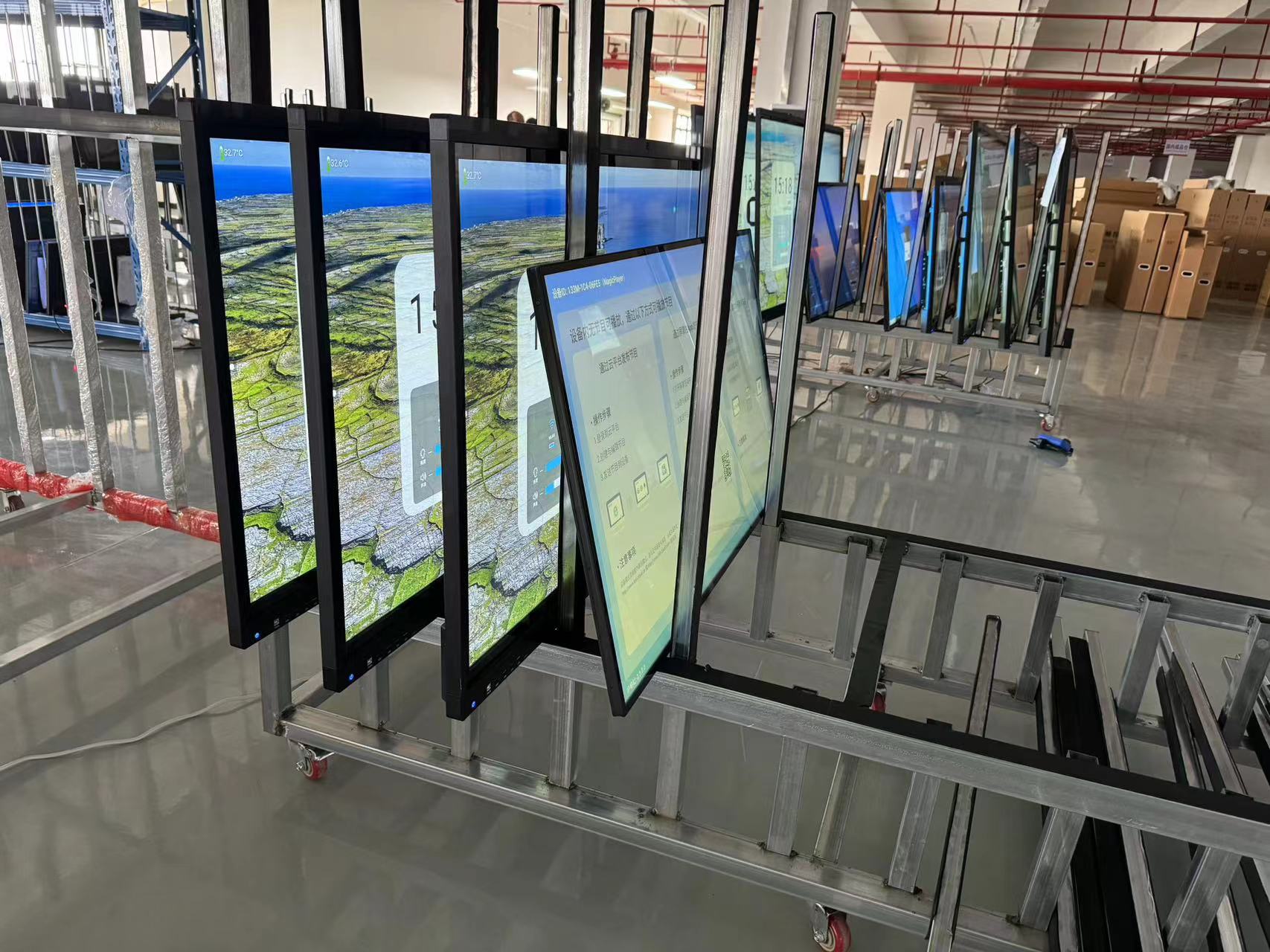Smart Interactive Whiteboard Using Places
In today's digital age, smart interactive whiteboards (IWBs) are becoming increasingly popular tools for both educational and professional settings. These cutting-edge devices combine the functionality of traditional whiteboards with modern technology to enhance collaboration and engagement. Their adaptability makes them an indispensable asset in conference rooms and classrooms alike.
One key advantage of smart interactive whiteboards is their ability to facilitate interactive learning and presentations. For example, in a classroom environment, teachers can incorporate multimedia elements such as videos, animations, and interactive quizzes directly onto the board. This not only captures students' attention but also caters to various learning styles. Visual learners benefit from visuals, while kinesthetic learners can engage through touch and interaction. A study conducted by the University of Michigan found that classes utilizing IWBs showed a 30% increase in student engagement and participation compared to traditional teaching methods.
In conference rooms, smart IWBs offer a seamless way to communicate and collaborate, especially in today’s increasingly remote work culture. Consider a scenario where a team is brainstorming ideas for a new project. With an interactive whiteboard, participants can jot down ideas, draw diagrams, or share documents in real-time, regardless of their geographical location. Tools like screen sharing and video conferencing can be integrated, allowing teams to work together as if they were in the same room. A report by Gartner highlights that businesses implementing IWBs in their meeting spaces have seen a 25% increase in productivity, owing to enhanced communication and quicker decision-making processes.

